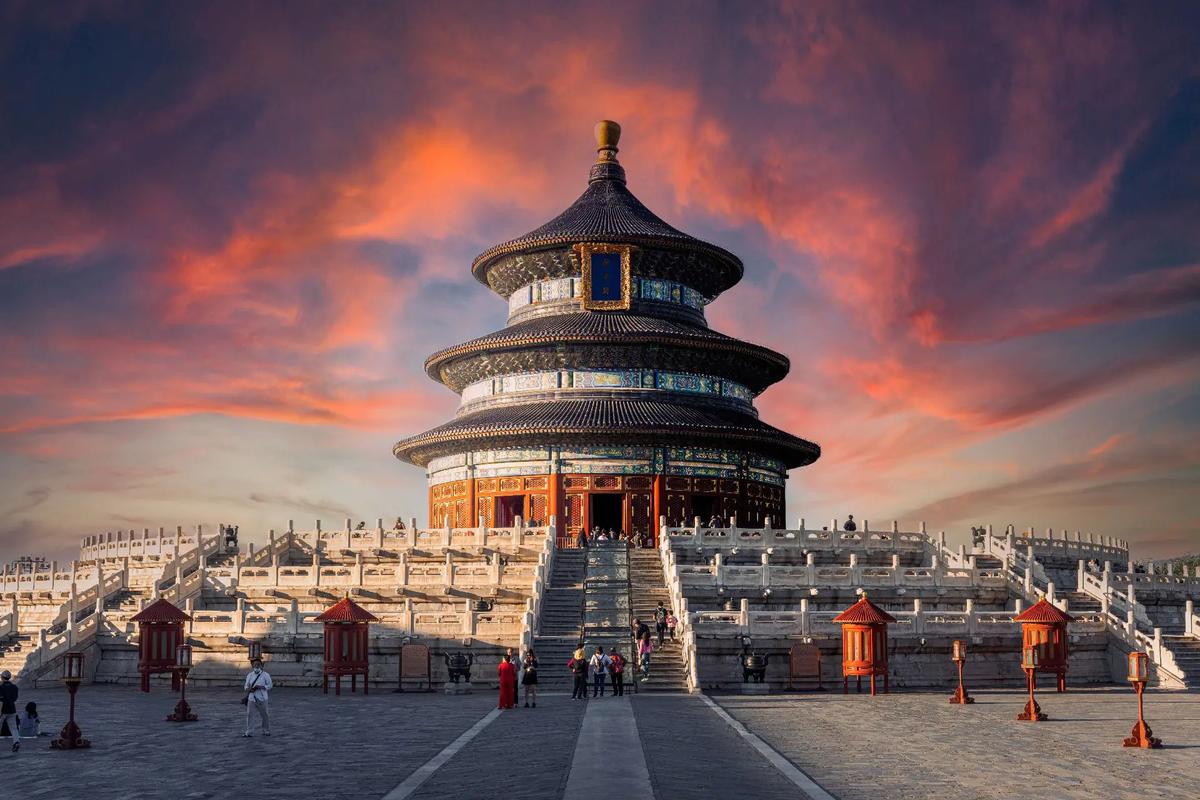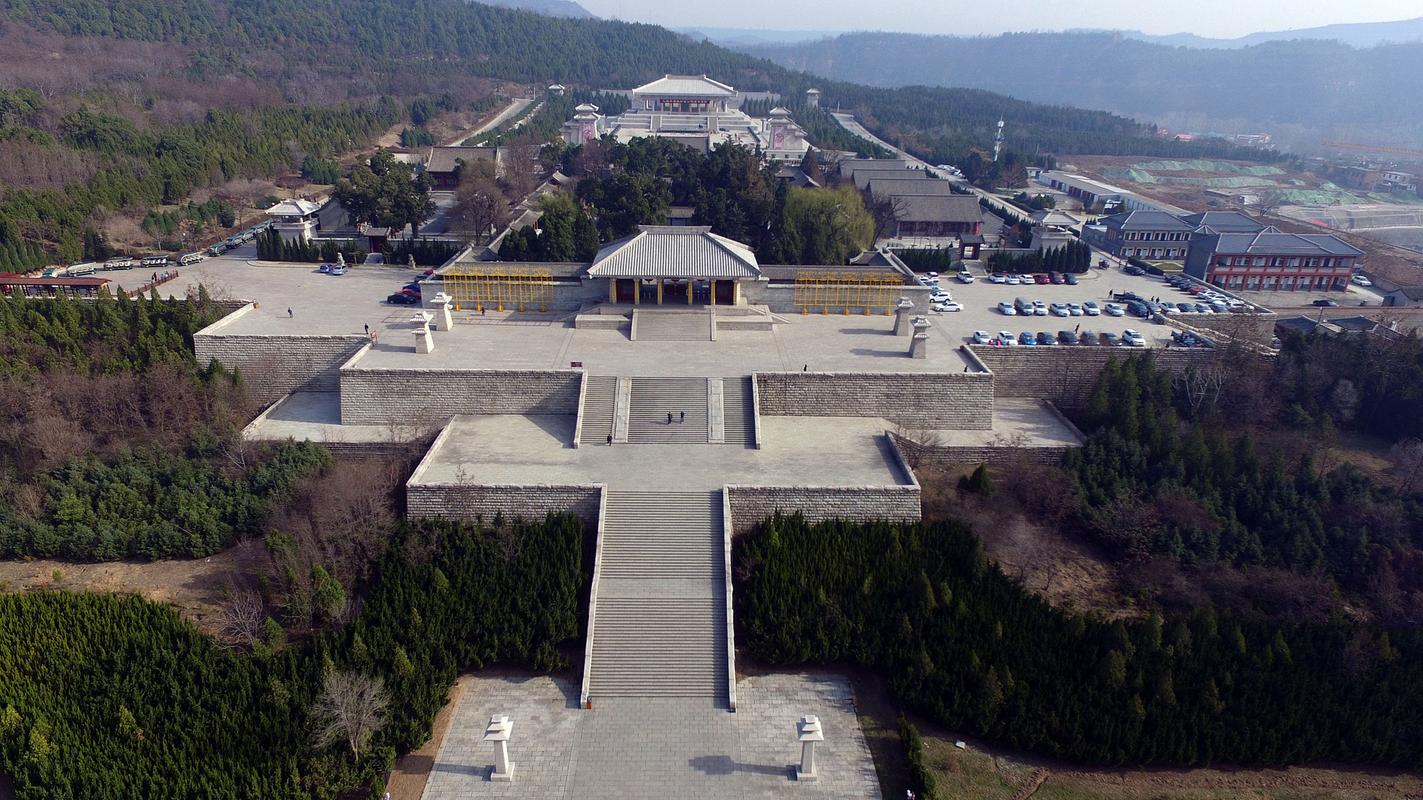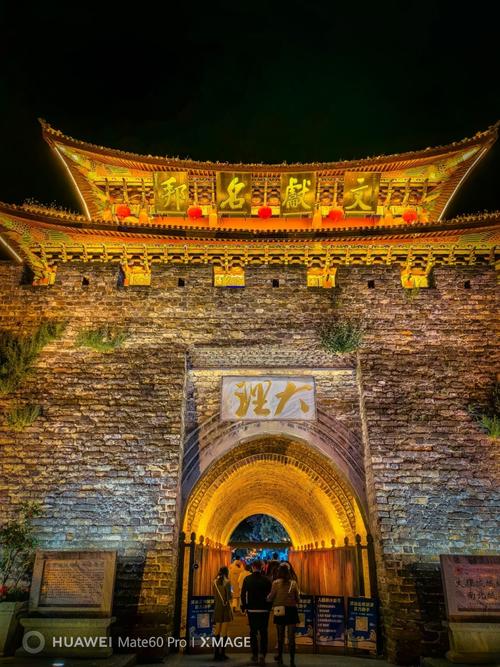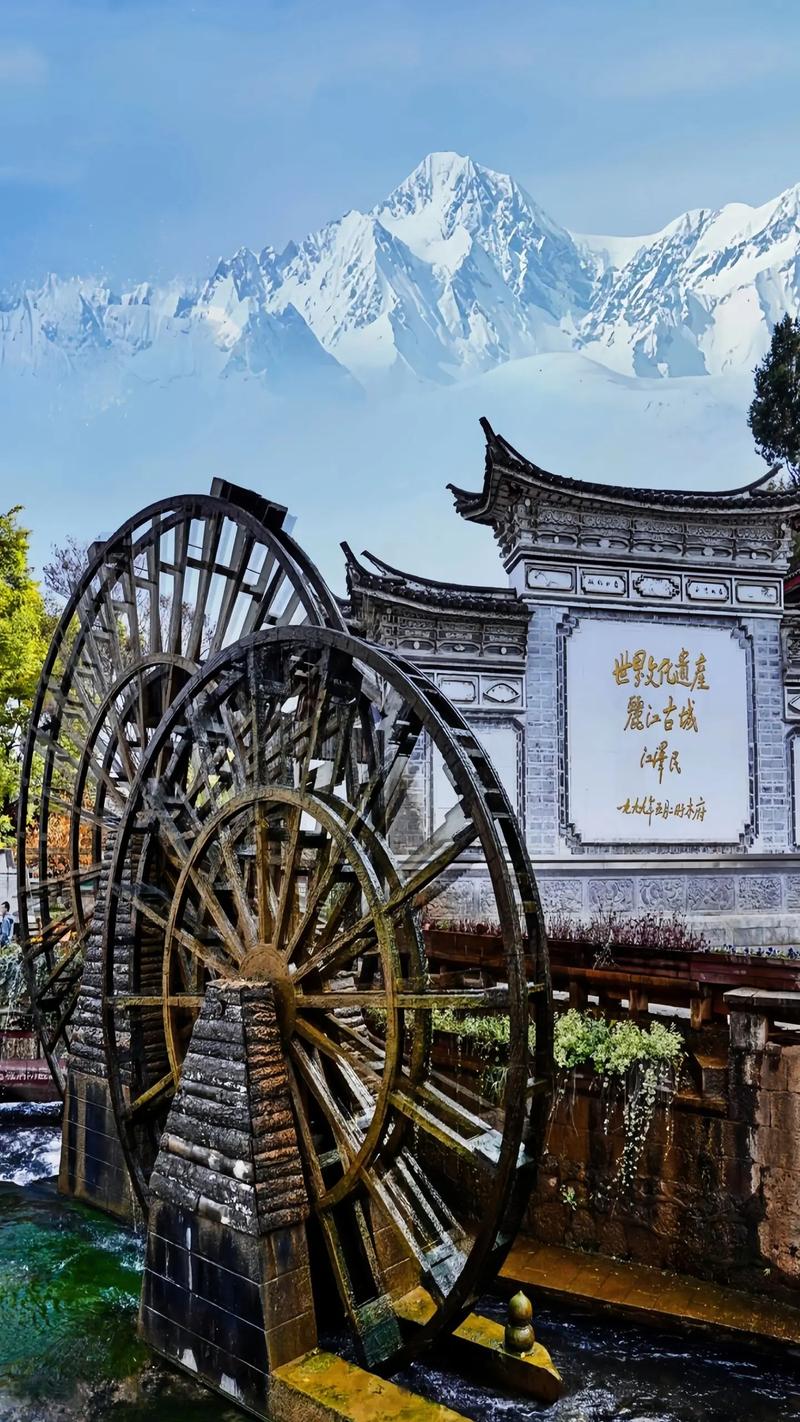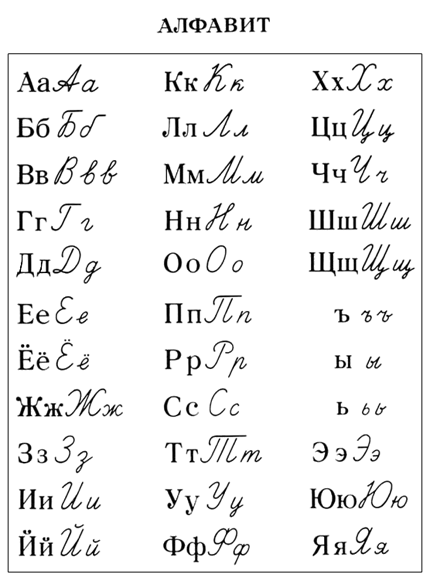
苏州寒山寺导游词(通用9篇)
苏州寒山寺导游词 篇1
“尊敬的美国总统先生―――奥巴马,我是宁波旅行社的鲍天翔,很荣幸再一次可以为您做导游,在路上总统先生要以叫我‘鲍导’”。
“说起寒山寺,中国古代还有一位诗人为它写过一首诗呢!‘月落乌啼霜满天,江枫渔火对愁眠。姑苏城外寒山寺,夜半钟声到客船。’总统先生您知道是谁写的?对了,就是张继写的。”
“寒山寺始建于梁天监年间,初名‘妙利普明塔院’,因唐代高僧寒山曾驻锡于此,故名寒山寺,双因张继一首诗《枫桥夜泊》,而使寒山寺天下闻名。请看,总统先生,现在展示在前面的就是大雄宝殿,大殿两侧沿墙分列着明朝从山西五台山请来的铁铸十八罗汉金身坐像。释迪牟尼像背后东墙上嵌有清代扬州八怪之一罗聘所画的寒山、拾得石刻。”
关于寒山寺还有一个传说呢:有一对孤儿,自小失散。长大后第第一定要找到自己的哥哥。一天,第第来到苏州城,人家告诉他,有一个北方来的人在城外枫桥边的一座寺庙里修行。第第连忙赶去,他俩见了面拥抱。人们称他们为“和合大仙”。
“今天的导游结束了,希望下次还能给总统先生做导游,下面请总统先生随意浏览拍照,再见!”
苏州寒山寺导游词 篇2
游客们,现在我们已经进人寒山寺景区了。寒山寺景区拥有“古寺、古桥、古关、古镇、古运河”。古寺即寒山寺。古桥指寒山寺两侧大运河上的江村桥和枫桥,即张继诗中“江枫渔火对愁眠”中的江、枫这两座桥。古关指大运河和上塘河交汇处的铁铃关,建于1557年,为明代抗击倭寇的关隘,城楼雄伟,现设抗倭史迹陈列室。铁铃关、浒墅关、白虎关是历史上有名的“苏州三关”。古镇就是枫桥镇,粉墙黛瓦,一派姑苏水乡风光。古运河即开凿于隋场帝时的京杭大运河,全长 1794公里,从寺前流过。
各位游客,前面那座金碧辉煌,宏伟庄重的主塔就是寒山寺的普明塔,等一会儿我们进了寺内再去参观。现在我们取道寒山别院去寒山寺。
寒山别院是1993年修筑的,满园的绿色让人心旷神怕,苍松、翠竹、桂花、樱花、腊梅、草坪与落月池、映月亭、愁眠坡、寒山桥、听钟坪、觅诗廊等,景物交相晖映。园中的那座松茂亭内,于1993年立了一块碑,碑文为我国无产阶级革命家李大钊30岁时用行草书写的《枫桥夜泊》诗。1956年,他的女儿李星华将这幅原作捐献给国家,现存于中国革命博物馆。寒山寺内还珍藏着宋代、明代、清代、民国年间以及现代文人学者写的枫桥夜泊诗碑。
苏州寒山寺导游词 篇3
Dear friends, to Suzhou tourism, Hanshan Temple is a place people yearnfor, today we visit the scenic spot is Hanshan Temple. Hanshan Temple is locatedin Fengqiao town in the west of the city. It was built in 508-519 A.D. duringthe reign of emperor Tianjian of Liang Dynasty. At that time, it was called"Miaoli Puming pagoda courtyard". It was only called Hanshan Temple in the TangDynasty. Hanshan Temple is not named because of mountain, but because of people.In the Tang Dynasty, Hanshan and Shide two eminent monks came here. Tocommemorate Hanshan, later generations changed the name of the temple to HanshanTemple. Hanshan is a poet monk in the Tang Dynasty. He wrote hanshanzi'scollection of poems and stayed in the world. Hanshan Temple has been famous bothat home and abroad since the Tang Dynasty
First, Zhang Ji, a poet of the Tang Dynasty, made it a household name. "Themoon falls, the birds sing, the frost is all over the sky, the river Maplefishing fire sleeps; the Hanshan Temple outside the city of Gusu, the midnightbell rings to the passenger ship. "These verses, which are handed down fromgeneration to generation, play an important role in the spread of literaturebecause of scenery, scenery because of the name of the text, and the rhyme ofthe bell. This poem is not only widely spread in China, but also spread to Japanin the east very early. Therefore, Yu Yue, a famous scholar in Qing Dynasty,said in the article of rebuilding Hanshan Temple: "no child in his country canrecite it. "Today, it is still included in Japanese school textbooks. InSoutheast Asia, Europe and America, these poems are also very popular.
Secondly, Buddhist disciples have always believed that Hanshan and Shide,the Tang Dynasty monks who once lived in this temple, were the reincarnatedeminent monks of Manjusri and Puxian, and deified them as the two immortals ofHehe in China, becoming the most popular immortals. According to folklore, monkShide took a bell in Hanshan Temple and traveled across the sea to a placecalled sadi in Japan to spread Buddhism and Chinese culture. The story waspublished in the 4th issue of China Medical Journal in 1989 in the form of comicstrips, entitled "the bell of Hanshan Temple", which added a pleasant topic ofSino Japanese friendship to Hanshan Temple.
Third, according to folk legend, the bell in Zhang Ji's poems, after manyvicissitudes, flowed into Japan in the late Ming Dynasty. At the end of the QingDynasty, Mr. Yamada Hanshan of Japan explored everywhere to return the clock toits owner, but he had no whereabouts. He raised money to cast a pair of bronzebells, one for Hanshan Temple, and the other for Guanshan Temple of Japan. Ithas written a beautiful page in the history of Sino Japanese folk culturalexchanges and friendly exchanges.
Fourth, the bell of Hanshan Temple not only has a long cultural andhistorical connotation, but also has a wonderful function. This function can besummed up in 12 words as "hearing the bell, clear worries, long wisdom,Bodhisattva". Bodhi, in Sanskrit (ancient Indian characters), means "awakening"and "great enlightenment". So tourists have to listen to the bell of HanshanTemple.
Zhang Ji, a poet of the Tang Dynasty, was famous when he came to Beijingfor the exam. On his way home, he moored at Fengqiao at night. Inspired by thebell of Hanshan Temple in the middle of the night, he wrote down the masterpieceof Night Mooring at Fengqiao, which has occupied an eye-catching place in thehistory of Chinese literature. It was the bell of Hanshan Temple that made himget rid of his worries and continue to study hard in the cold window. Later, hewent to the capital again to take the exam and won the Jinshi. In a word, thebell of Hanshan Temple in Suzhou can calm the mind, enlighten the mind and placegood expectations. Now we are going to enter Hanshan Temple scenic area.
Hanshan Temple scenic area has "ancient temple, ancient bridge, ancientpass, ancient town, ancient canal" for tourists to visit. Ancient temple refersto Hanshan Temple. The ancient pass refers to the tielingguan pass at theintersection of the Grand Canal and Shangtang river. It was built in 1557 ad. itwas a pass to fight against Japanese pirates in the Ming Dynasty, withmagnificent towers. The ancient bridge refers to the Jiangcun bridge and theFengqiao bridge on the Grand Canal on the west side of Hanshan Temple. The PoetZhang Ji's famous sentence "Jiangfeng fishing fire vs. sorrow sleep" refers tothese two bridges. Fengqiao town, where Hanshan Temple is located, is an ancienttown with many shops, teahouses and bookstores. The ancient canal refers to theBeijing Hangzhou Grand Canal beside Hanshan Temple. The Grand Canal, 1794kilometers long from Beijing to Hangzhou, was dug by Emperor Yang of the SuiDynasty between 605 and 610 ad. The Grand Canal promoted the material andcultural exchanges between the north and the south, and also brought prosperityto Suzhou's economy.
苏州寒山寺导游词 篇4
Ladies and gentlemen, welcome to Hanshan Temple.
Hanshan Temple was first built in 5__ A.D., that is, in the reign ofTianjian of Liang Dynasty, with a history of more than 1000 years. The originalname of Hanshan Temple is Miaoli Puming pagoda garden. Because it was burned inyuan, Ming and Qing Dynasties, what we see now is the remains preserved after itwas built in 19__. Of course, Suzhou municipal government has made great effortsto renovate it in recent years to get a new appearance of this day. When you getthere, some tourists may ask, "where is the Hanshan of Hanshan Temple? Is itvery cold?" let me answer for you. In fact, Hanshan Temple is not named becauseof the mountain, but because of the people. In Tang Dynasty, there were twomonks, one was Hanshan, the other was Shide. Hanshan, in particular, is a poetmonk in the Tang Dynasty. He has a collection of hanshanzi's poems. Latergenerations renamed this temple Hanshan Temple in memory of Hanshan.
In addition, you must understand that there are many places of interest inSuzhou. Why is Hanshan Temple especially famous at home and abroad? There arethree reasons: first, it originated from a poem. You may understand that therewas a poet named Zhang Ji in the Tang Dynasty. He was born in Xiangfan, HubeiProvince. He went to Beijing for an examination, but he was named sun Shan. Hewas depressed. On his way home, the fishing boat moored at night on the maplebridge, which is a bridge to the west of Hanshan Temple. Please follow mydirection. He heard the "Dong Dong" sound of the Hanshan Temple bell, which madehim benefit a lot. He thought that if I failed this year, next time I must beable to make a comeback. With the inspiration of disaster relief, he wrote downthe famous poem "Night Mooring on maple bridge", which is "the moon is falling,the frost is all over the sky, and the river Maple fishing fire is sleepy.Hanshan Temple outside the city of Gusu, the bell rings at midnight to thepassenger ship. " To this day, thousands of miles away in Japan, many youngchildren are familiar with.
Secondly, Buddhist disciples have always believed that Hanshan and Shide,who had once been the abbots of the temple, were the incarnations of Manjusriand Puxian, respectively.
Third, the bell of Hanshan Temple. That is the bell mentioned in Zhang Ji'spoem. In the Ming Dynasty, it flowed into Japan. After that. A Japanese namedYamada Hanshan failed in his search, so he collected a pair of bronze bells, onefor Hanshan Temple in China, and the other for Guanshan temple in Japan. It haswritten a perfect page in the history of Sino Japanese folk cultural exchangesand friendly exchanges.
Fourth, it is said that the bell of Hanshan Temple has a very peculiarfunction, which can be summarized as "hearing the bell, clear worries,commander, Bodhisattva."
Maybe when you see the gate facing the west, you must and will havequestions. Let me answer for you again. As for the reasons / there are threereasons:
First of all, according to local conditions, the door faces the West. Tothe west is the canal. The transportation is convenient for the believers fromall over the world to come here by boat to burn incense.
Second, to the West means to go to the Western Paradise, showing respectfor Western Buddhist resorts.
Thirdly, water can conquer fire.
I have explained the history of Hanshan Temple to you in detail. Pleasereview it here first, and have a rest and take photos by the way. In a moment,we will go back to the next scenic spot, the heavenly king hall.
苏州寒山寺导游词 篇5
Hello, everyone. Now our location is Hanshan Temple. When we talk aboutHanshan Temple, we all think of "the moon is falling, the birds are singing, thefrost is all over the sky, and the river maple is fishing and the fire issleeping.". Hanshan Temple outside the city of Gusu, the bell rings at midnightto the passenger ship. " The eternal quatrains. Hanshan Temple is located inFengqiao town outside the gate of Suzhou. It was built in the Tianjian period ofthe Liang Dynasty in the Six Dynasties. It has a history of more than 1400years. Hanshan Temple was originally called "Miaoli Puming pagoda yard". Next,please follow me to visit Hanshan Temple.
In Hanshan Temple, the most interesting thing for tourists is the big bell.The bell of Hanshan Temple has always been praised by poets, which is rare inthe history of literature.
Tourists: now we have entered Hanshan Temple scenic area. Hanshan Templescenic area has "ancient temple, ancient bridge, ancient pass, ancient town,ancient canal". The ancient temple is Hanshan Temple.
Ladies and gentlemen: the magnificent and majestic main tower in front ofus is the Puming tower of Hanshan Temple. We will visit it later when we enterthe temple. Now we go to Hanshan Temple by way of Hanshan bieyuan.
Through the cold mountain courtyard, you can see that the stone arch bridgein front is Jiangfeng bridge. Now let's take a look at the screen wall in frontof the gate of the mountain. The three big characters "Hanshan Temple" on theyellow wall are written by the famous earthenware of Donghu, Zhejiang Province.The characters are simple and vigorous, adding a sense of solemnity to theancient temple after thousands of years of wind and frost. You can take photoshere. One hour to gather with us, please pay attention to the time, payattention to safety, thank you for your cooperation
苏州寒山寺导游词 篇6
Hanshan Temple is one of the famous ancient temples in Suzhou. It was builtin the period of the Six Dynasties (502-519) in the reign of the Liang Dynasty.It was originally named Miaoli Puming pagoda. It has a history of more than 1400years. According to legend, during the Zhenguan period of the Tang Dynasty,Hanshan and Shide, the eminent monks, came here from Tiantai Mountain to be theabbot, so the pagoda yard was renamed Hanshan and so on. At that time, there wasa big bell in the temple, which was famous for its melodious sound. Zhang Ji, apoet of the Tang Dynasty, once passed through Hanshan Temple. He moored at themaple bridge at night and heard the bell in the middle of the night, whichtriggered the poetic feelings of the sleepless travelers in the lonely boat. Hewrote down the famous lines of the ages: the moon is falling, the frost is allover the sky, the river Maple fishing fire is sleeping, the Hanshan Templeoutside Gusu City, and the bell goes to the passenger ship in the middle of thenight.
Since Zhang Ji's famous poem "Night Mooring on the maple bridge" came out,Hanshan Temple has become more and more well-known for its poetic charm and bellringing. With the wide spread of the poem, Hanshan Temple has been well-knownoverseas. Now, every new year's Eve, Japanese friends often come to HanshanTemple to listen to the ancient temple bells.
The ancient Hanshan Temple was destroyed and built five times during the1000 years of song, yuan, Ming and Qing Dynasties. According to local records,around 980, sun Chengyou, the governor of the Northern Song Dynasty, built aseven storey pagoda. At the end of the Yuan Dynasty, both the temple and thepagoda were destroyed, and they were rebuilt in hongwuzhong of the Ming Dynasty.Kuang Zhong, the magistrate, was rebuilt during the orthodox period. In 1860,the whole temple was destroyed by war, and the halls and pavilions were blown todust. The existing buildings were rebuilt from the 22nd year of Guangxu to thethird year of Xuantong (1866-1911).
Located on the Bank of the ancient Yunhe River, between Fengqiao andJiangcun bridge, this ancient temple is majestic. The yellow wall in front ofthe Mountain Gate shines on the wall, and the plaque of the ancient HanshanTemple is written across the gate. In the center of the courtyard is the mainhall. There are statues of Sakyamuni in the hall. Thirty six hanshanzi poems areembedded on both sides of the Buddha seat and on the back wall. There arefreehand stone carvings of Hanshan, tade and fenggan painted by Luo pin, one ofthe eight monsters in Yangzhou in the Qing Dynasty, and by Zheng Wenzhuo. Thefamous statue of Hanshan is in the side hall on the right side of the main hall.On a huge lotus seat plate, there are two young fat monks with bare breast andbarefoot. One is holding a pure bottle, the other is holding a lotus. They aresimple, honest and smiling. Hanshan is a famous poet monk in Tang Dynasty. Hehas more than 300 poems. Later generations compiled Hanshan subset as threevolumes. In the side halls on the East and west sides of the main hall, thereare small 500 Arhats carved in Cinnamomum camphora wood, which are simple, vividand natural. At the back of the hall is the Sutra collection building, withstone carvings on the ring wall of the Diamond Sutra written by Zhang Chu of theSong Dynasty. The strokes are vigorous and elegant. It is a rare treasure handeddown from generation to generation. On the left side, there is a SquarePavilion, in which there are stone inscriptions of poems by poets of Ming andQing Dynasties chanting Hanshan Temple; on the right side, there is a belltower.
苏州寒山寺导游词 篇7
Hello, everyone. I'm the tour guide of Hanshan Temple. You can call me XiaoWei. This tour, we should stay close to the team.
Around the gable, you enter the temple. In the middle of the smallcourtyard is a stone tablet presented by a Japanese friend. On the right is anancient tree picked up by Hanshan in those years. It seems to be waving to us.On the left are several bronze tripods carved with birds, animals, sun, moon andstars. When you tap them, they will buzz, as if telling the story of HanshanTemple for thousands of years. You can have a try.
Now we come to the arhat hall, where there are more than 100 Arhats, thesize of a real lamp God. Look, this arhat's eyebrows are really long. Oh, thisarhat has three heads. He's called "merciful immortal". There are also Arhatswith two earlobes and shoulders, big belly, long arms and very big feet. TheseArhats, glittering in the distance and lifelike in the near, add mystery to thetemple.
Through the small door, we came to the Sutra library. There are two saints.The sage Hanshan is holding the vase in his hand. He is very careful, isn't he?It's interesting to pick it up and point.
That's all for today. Here's free time.
苏州寒山寺导游词 篇8
五湖四海的旅客们,欢迎来到“世界遗产”————苏州古典园林!
大家好,我是你们这次旅游的导游晁子凯,平常大家都叫我“晁操”。在去游览之前,我要提醒你们:不能乱丢垃圾,因为这里是我们中国人的骄傲,尤其是不能把垃圾扔进水里。你们想:要是每个人都乱仍垃圾,那咱们苏州园林不就变成垃圾堆了,而且很快会变成世界最大的垃圾池。
游客们,我们现在到了园林的拙政园!你们别小看它,它可是与首都的颐和园、承德避暑山庄、苏州留园并称为四大名园。拙政园为唐代诗人陆龟蒙的住宅,后来明代监察御史王成归隐之地,取“拙者之为政”的语意为名。拙政园分东、中、西住宅三部份。住宅是典型的苏州民居,现在布置为园林的博物馆展厅。朋友们,我们现在已经走过了拙政园,接下来就到了狮子林。狮子林有六百多上的历史,元代至正二年,名僧天如禅师维则和弟子“相率出资、买地结屋、以居其师”。因园为“林万固、竹下多怪石,状如狮子”因而得名。狮子林既有苏州古典园林亭、台、楼、阁、厅、堂、轩、廊之人文景观,更以湖山奇石、洞壑深遂而享有盛名,素有假山王国之美誉。
怎么样,我讲得好吧!要是讲得好,就推荐你们的亲朋好友来旅游吧,我愿意为他们当导游。希望你们的生活愉快。
苏州寒山寺导游词 篇9
各位游客们:
大家好!
在进大雄宝殿前,我们先留意一下大雄宝殿前的汉白玉栏杆,全长34.50米,柱高1.5米,栏板高0.7米,采用莲花宝座和海棠的图案。这只铁香炉上铸有“大化陶熔”四字,暗示了佛的神通广大,意为佛的教化可以造就信徒成为大器。大殿前的一对石柱,称为“露盘”,是和尚就餐前放饭盛水,以供所谓饿鬼食用的器具。
殿内正中供奉的是释迎牟尼佛木雕像,左边长者为迦叶,右边年轻的叫阿难,他们是如来的得力弟子。佛祖逝世后,迦叶在灵鹫山主持了佛教信徒的第一次集会;阿难是佛祖的从弟,聪明有智慧,擅长记忆,跟随佛祖25年,把佛祖生前的讲经说法都写在贝叶树的叶子上,成了佛经。1924年“戊戌变法”改良家康有为参拜寒山寺,曾写了一副“真经书贝叶,法果证菩提”的对联,点出了佛经的历史,墨宝现珍藏在寒山寺枫江楼里,成为寒山寺重要文物。
大殿两侧沿墙分列着明代时从山西五台山清来的铁铸十八罗汉金身坐像。释迪牟尼佛像背后东墙上嵌有清代扬州八怪之一罗聘所画的寒山、拾得石刻。寒山右手指地,拾得担胸笑颜,画面上还有讲述寒山、拾得劝人和好欢颜的诗篇:“我若欢颜少烦恼,世间烦恼变欢颜。”南墙上嵌有清代佛教居士大鹤山人郑文焯于1880年在枫桥船中所作的指画丰子像石碑。据说丰干和尚是寒山、拾得的师傅。
大殿后测东南角悬挂的这口大铜钟就是由日本山田寒山赠送的,铜钟高80多厘米,直径近70厘米,周围铸有阳文汉字《姑苏寒山寺钟铭》,为1920__年的日本首相伊藤博文所写。

